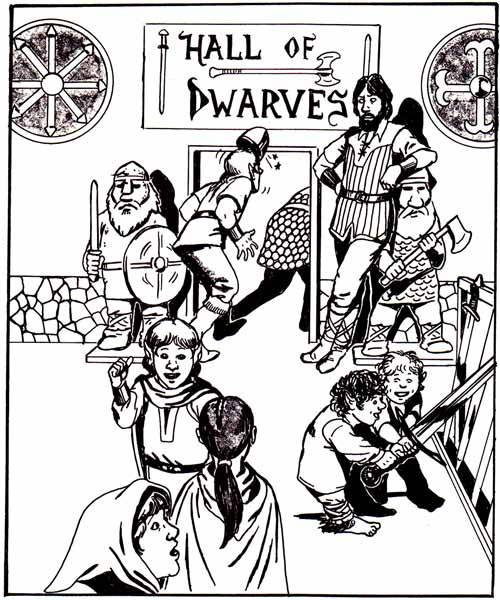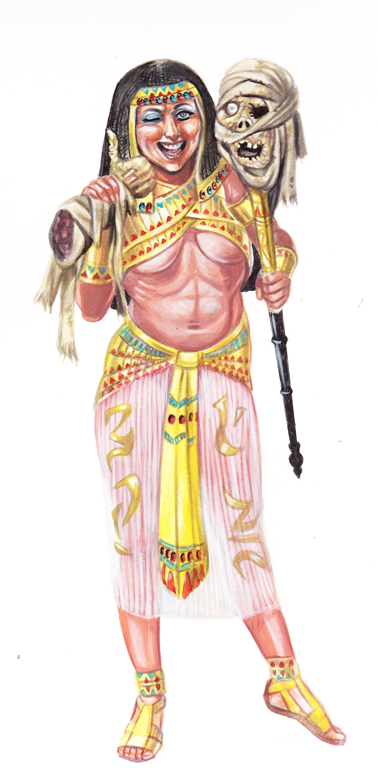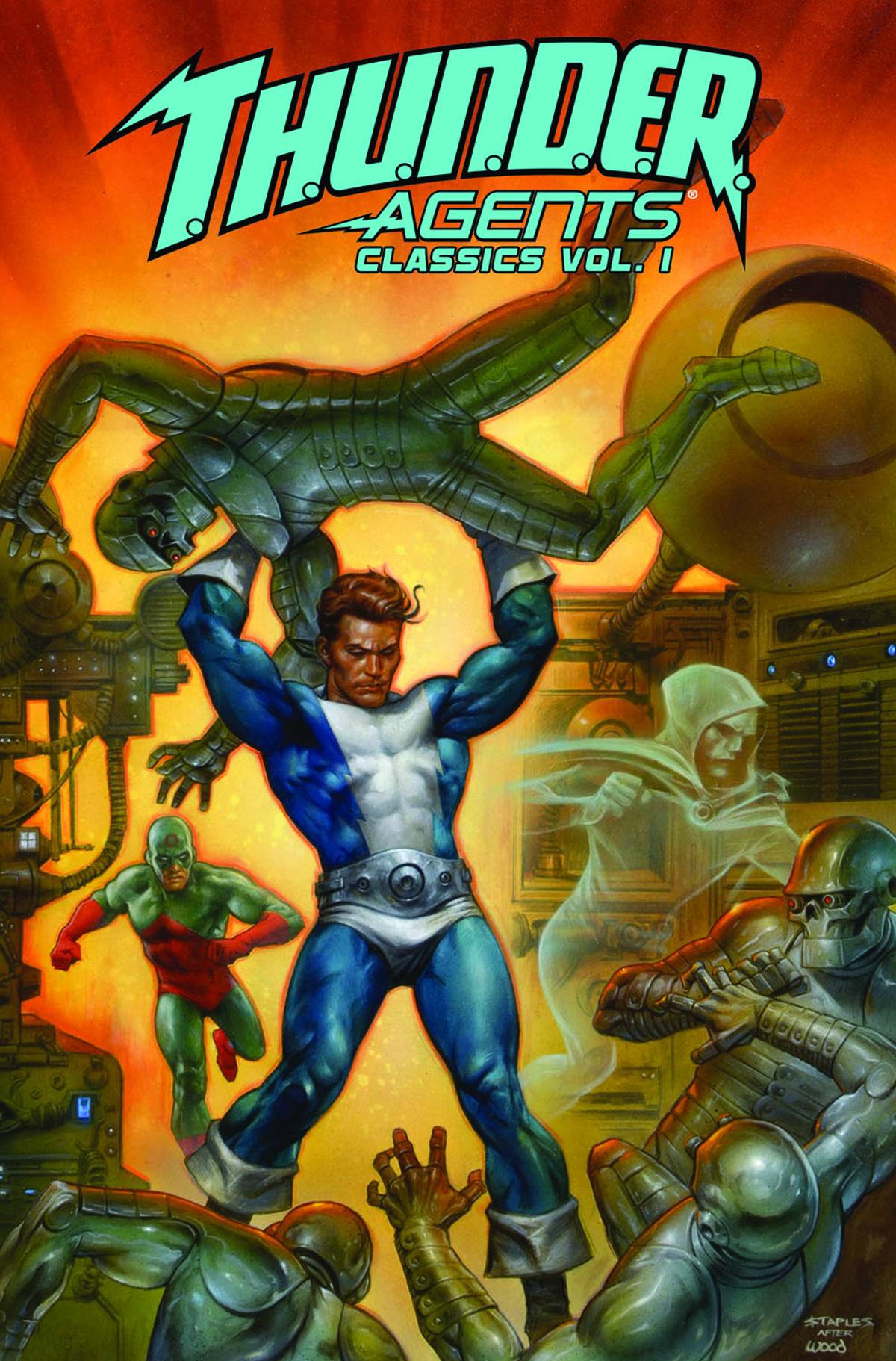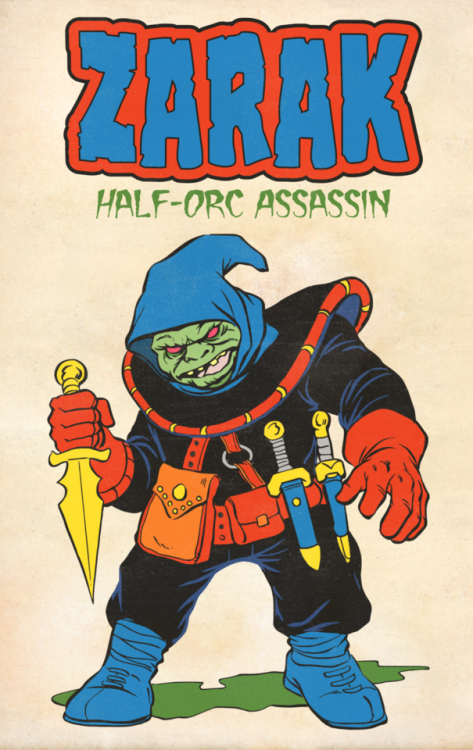(Dutch: De Zeven van Aromater) (part 5)
Art by Don Lawrence; script by Martin Lodewijk
While Ember struggles in the grip of the tentacles, a battle rages with the Seven fighting the seven followers of the brother of the Eternal Prince who watches the battle in amusement. With the power of the brain coral of Pandarve his to command he controls the battle.
Meanwhile, Ember has been lifted off the ground by the tentacles and held tight. Even her now-superhuman strength cannot free her. Then, she remembers the energy she absorbed from the lightning. She releases it:
The Prince commands the Seven to weaken through the power of the brain coral, and his servants gain the upper hand, some rendering the Seven helpless, He commands his servants to finish them. But then:
Ember stands in the doorway. She tells the Prince she has realized that that the Seven and his servants are evenly matched and are the colors of the rainbow. But she and the Prince were affected by the Blood of Pandarve differently. She became white and the Prince black. Her body begins to glow: "Where there is light, darkness disappears!' she says.
She drives the Prince back with her light, but then she falls in to the blood liquid, spent. When she rises:
She looks around for Storm and sees:
TO BE CONTINUED


























